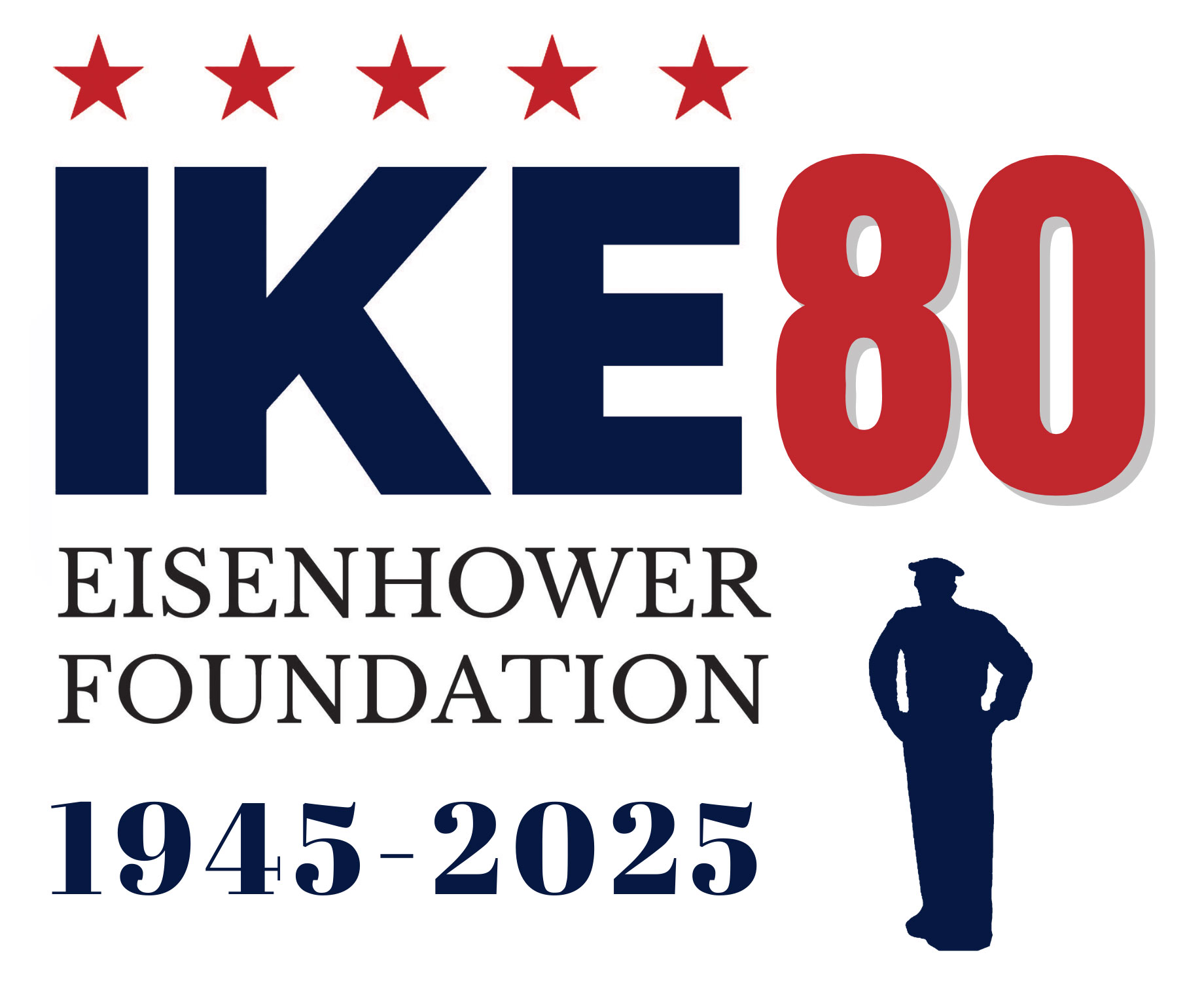Soldier Details
Division:
Highest Rank:
ConelTheater of Operation:
Military Honors:
Distinguished Flying Cross with Oak Leaf Cluster
Air Medal with 3 Oak Leaf Clusters
Army Commendation Medal
American Defense Service Medal
European-African-Middle Eastern Campaign Medal with 3 Service Stars
World War II Victory Medal
Armed Forces Reserve Medal
French Croix de Guerre with Palm
Presidential Medal of Freedom
Honored By:
Biography
James Stewart: Hollywood Star Turned War Hero
While James Stewart was building his career as an actor, the world was on the brink of war. In response to German occupation of multiple countries in early 1940, Congress passed the Selective Service Act on September 16, 1940, initiating the first peacetime draft in U.S. history. The law required 900,000 men between the ages of 20 and 36 to be drafted each year.
Overcoming Rejection to Serve
Stewart’s draft number was 310, and when he was called to appear before Draft Board No. 245 in West Los Angeles in February 1941, the 6’3” actor weighed only 138 pounds—five pounds below the minimum requirement. As a result, he was rejected for service.
Determined to serve his country, Stewart took matters into his own hands. Knowing he was nearing the age limit for flight school, he returned home and consumed as much high-calorie food as possible. When he re-enlisted in the Army Air Corps shortly after, he had gained just enough weight to pass the physical. While some sought to avoid the draft, Stewart actively pursued military service, becoming the first Hollywood star to enlist before or during World War II.
A Passion for Flying
Stewart had been an avid pilot long before the war. In 1935, he earned his civilian pilot’s license and purchased his first airplane. By 1938, he had obtained a commercial pilot’s license and frequently flew cross-country, navigating by railroad tracks to visit his parents in Pennsylvania. His civilian flight experience would prove invaluable in his military career.
From Private to Air Corps Instructor
At 32 years old, Stewart reported for duty as Private James Stewart in March 1941 at Fort MacArthur and was assigned to the Army Air Corps at Moffett Field. To meet the Air Corps’ proficiency requirements, he needed an additional 100 flight hours, which he personally funded at a nearby airfield. After passing a rigorous proficiency exam, he was commissioned as a Second Lieutenant in January 1942.
Stewart initially served stateside as a flight instructor at Mather Field, training pilots on four-engine aircraft, including the B-17 and B-24 bombers. Frustrated by being kept out of combat for nearly two years, he repeatedly requested an overseas assignment. His superiors finally relented, and in November 1943, now a Captain and Operations Officer for the 703rd Bomb Squadron, 445th Bombardment Group, Eighth Air Force, Stewart arrived in Tibenham, England.
A Distinguished Combat Career
By March 1944, Stewart was transferred to the 453rd Bombardment Group at Old Buckenham (Old Buc). Throughout his combat career, he flew as a lead pilot in B-24 Liberators, completing 20 combat missions over enemy territory. His missions took him to heavily fortified targets such as Berlin, Brunswick, Bremen, Frankfurt, and Schweinfurt.
One of his most notable assignments was serving as the flight leader of a 1,000-plane raid on Berlin. Unlike some celebrities who took on non-combat roles, Stewart was directly involved in high-risk bombing missions deep in enemy territory.
Military Honors and Post-War Service
For his bravery and leadership, Stewart received numerous military honors, including:
- Distinguished Flying Cross with two Oak Leaf Clusters
- Air Medal with three Oak Leaf Clusters
- French Croix de Guerre with Palm
After the war, he remained in the U.S. Air Force Reserves and continued to serve with distinction. In 1959, he was promoted to Brigadier General. During the Vietnam War in 1966, he flew as an observer on a B-52 bombing mission. He retired from the Air Force in 1968 and was awarded the Distinguished Service Medal and, ultimately, the Presidential Medal of Freedom.
Return to Hollywood and Legacy
By the end of World War II, Stewart had risen to the rank of Colonel. Upon returning home, he resumed his acting career, with his first post-war film being the now-iconic It’s a Wonderful Life.
James Stewart’s legacy extends far beyond Hollywood. He was a true patriot who set aside his acting career to serve his country, risking his life on the front lines of war. His service, bravery, and leadership continue to inspire generations.
Courtesy of HistoryNet.com


